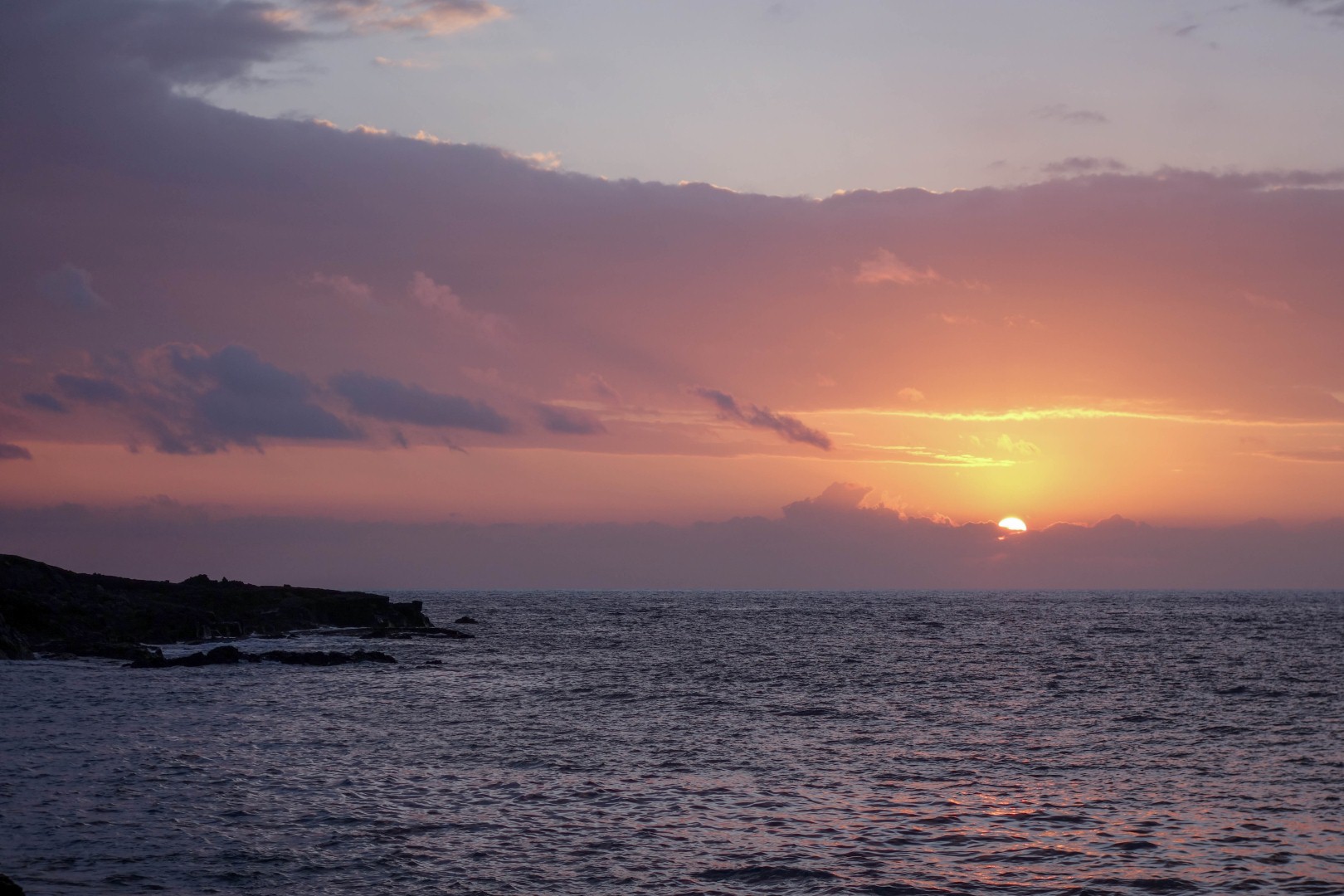29 Jan 2021
Flights from Hawai’i tend to leave in the evening, so I had a full land-based day before flying back home.
One of the things I’ve wanted to do for a while now, but keep forgetting to book, is a tour of the Octopus Farm, a research facility studying the life cycle of cephalopods, specifically in the paralarval stage. There is a very high mortality rate between the hatchling and sub-adult forms, and while octopuses lay tens of thousands of eggs, only about 1% make it to adulthood. In areas of high octopus consumption, populations are being wiped out, so if they can figure out how to get more paralarval octopuses to adulthood, they can create a sustainable food source.
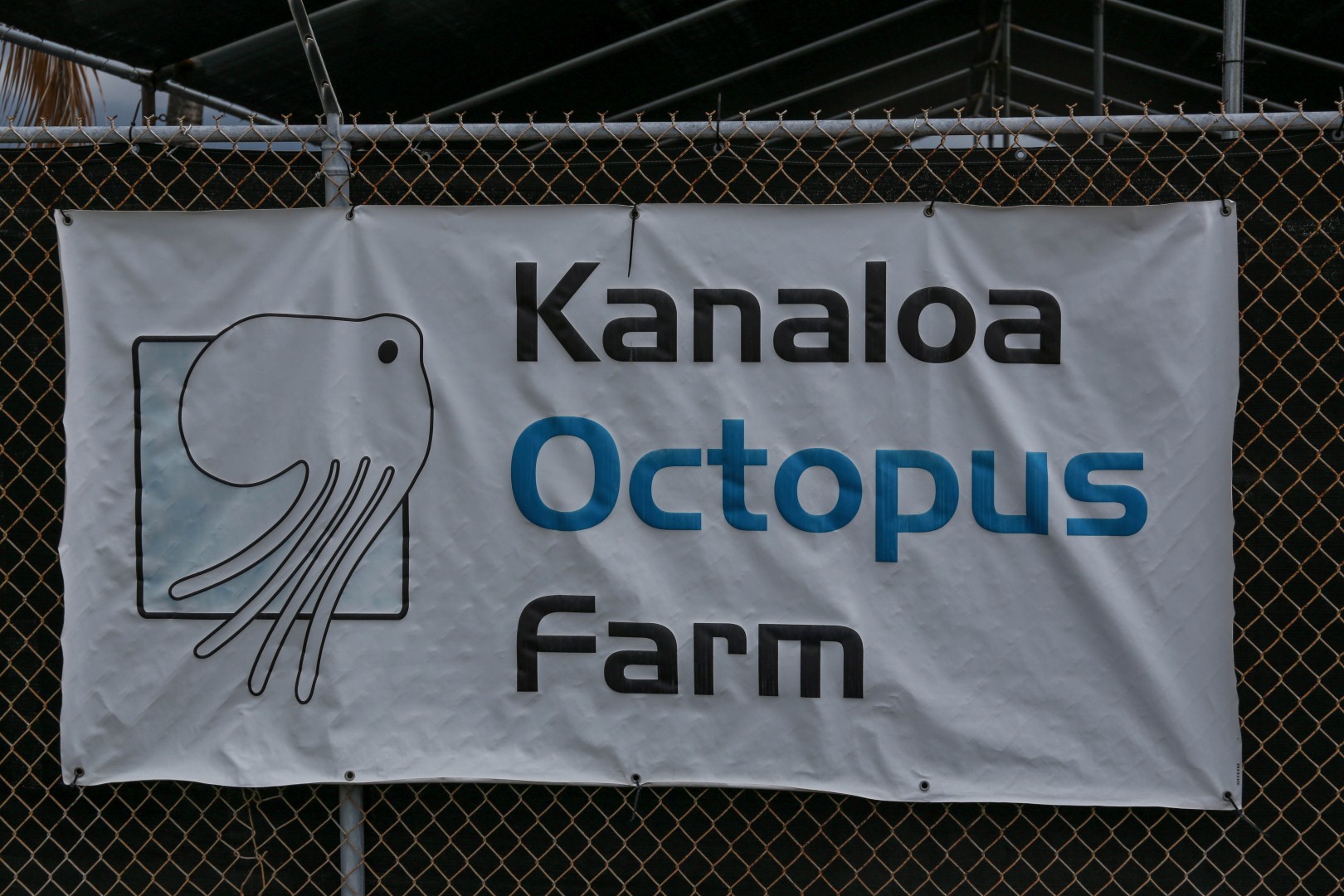
This is what octopus eggs look like:
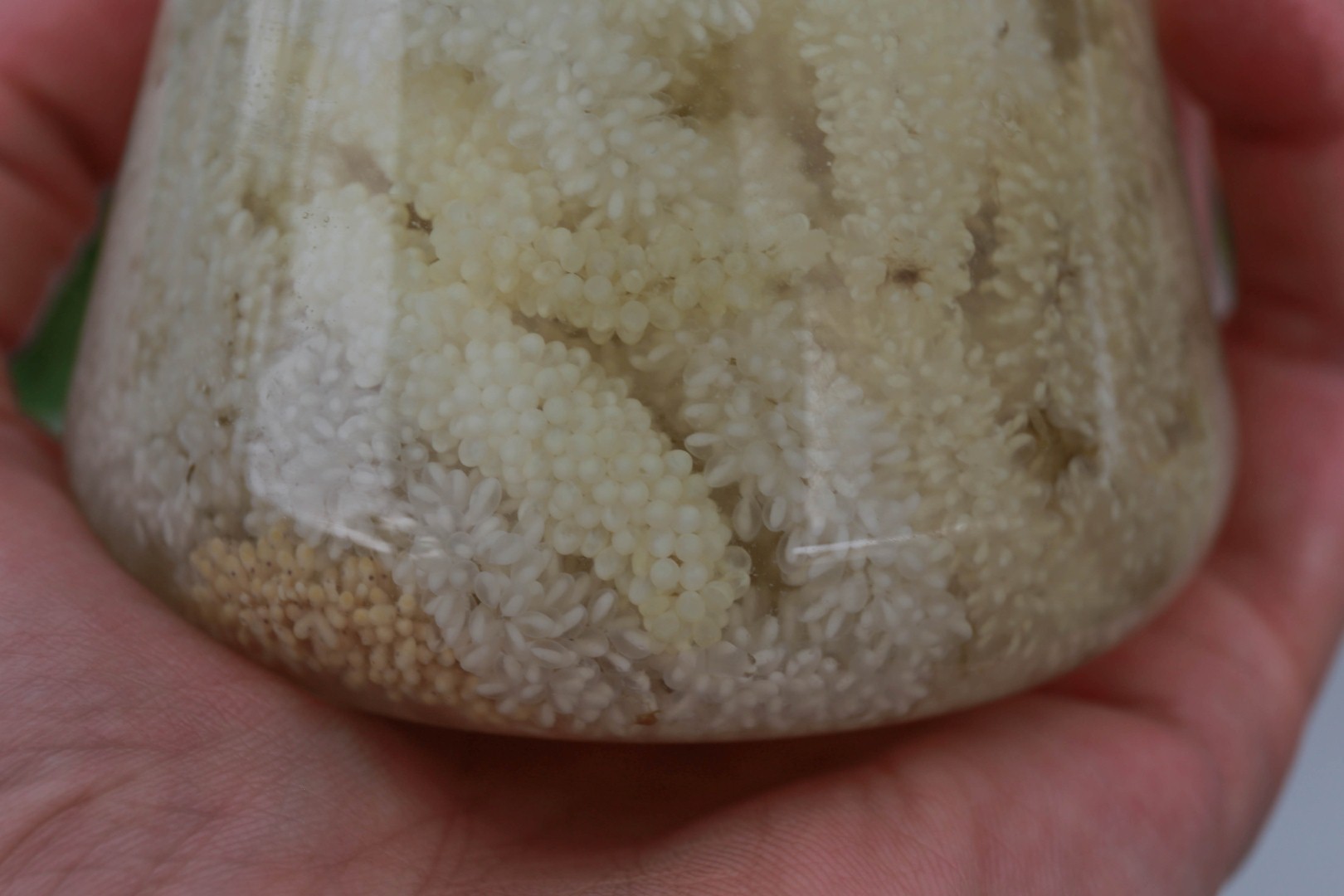
After laying them, the mother octopus strings all the eggs together and attaches them somewhere safe in her den. She guards them until they hatch, then she dies. Brutal.
There is currently a mating pair at the Octopus Farm:
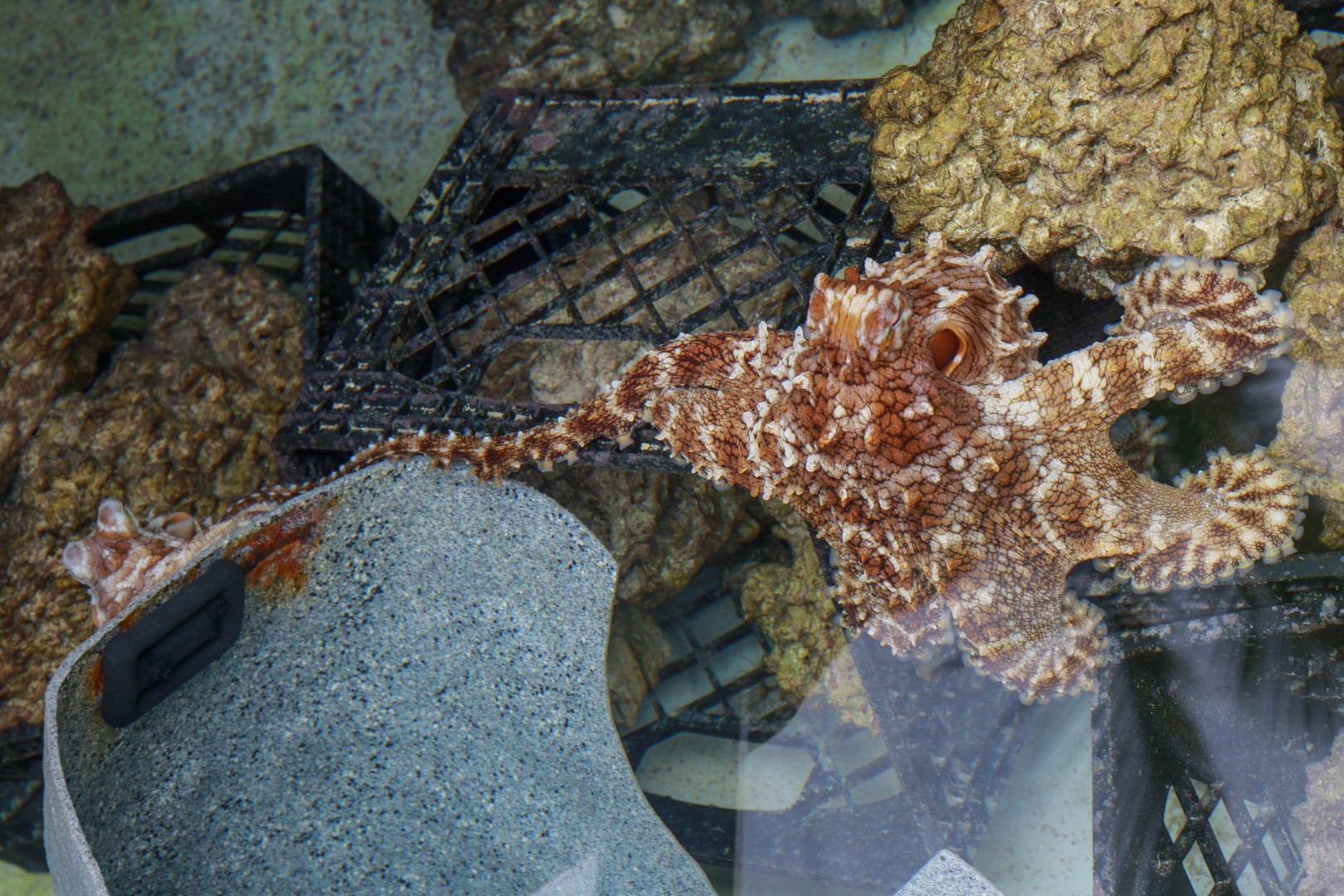
If a female octopus is not interested in her male suitor, she kills him and eats him, so at the Farm, they put dividers between pairs until they’re sure the female is interested so that no one dies.
They had 8 octopuses when I visited- some were shy:

But others were super-interactive!
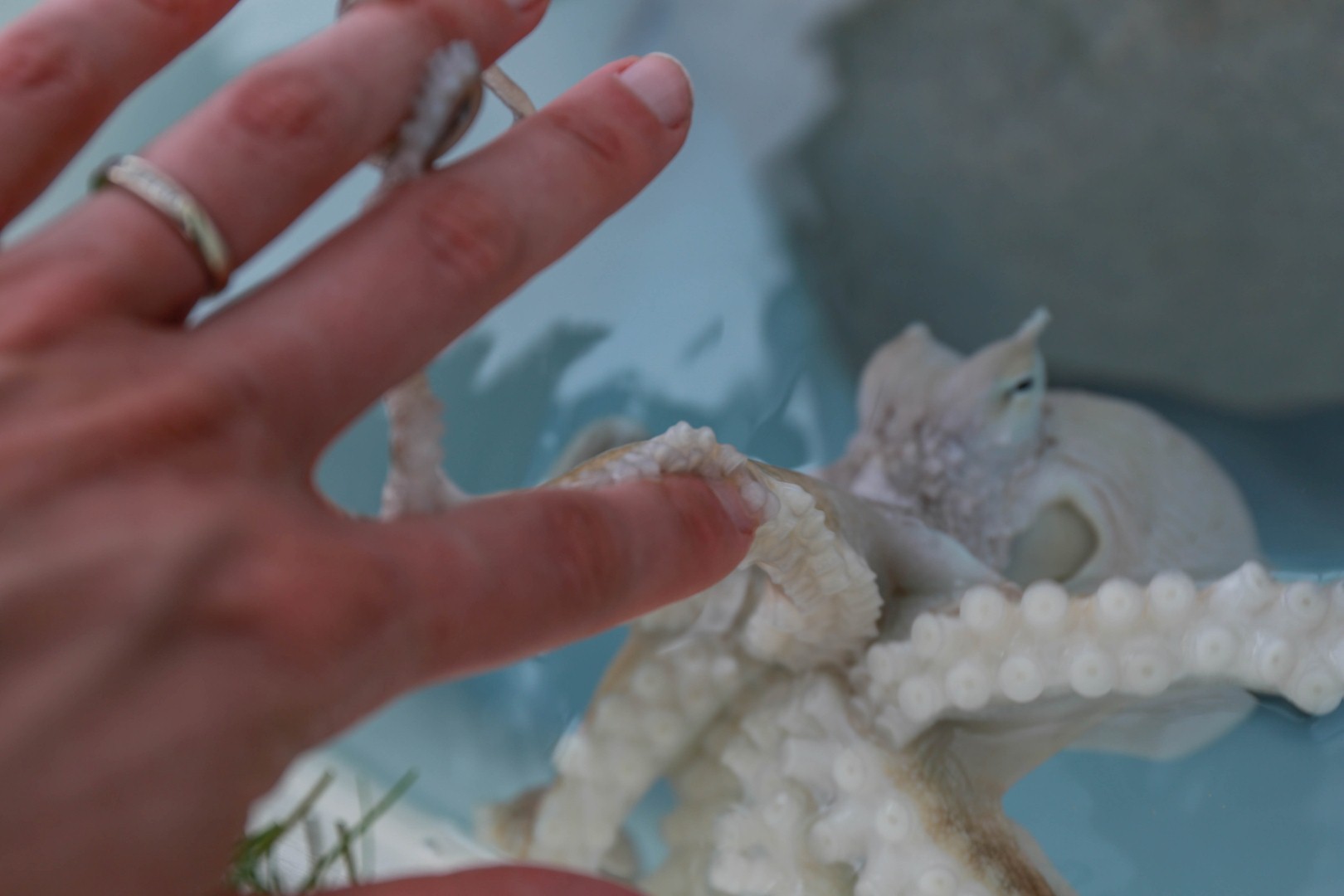
This one would grab a hold of your hand and try to pull you down:
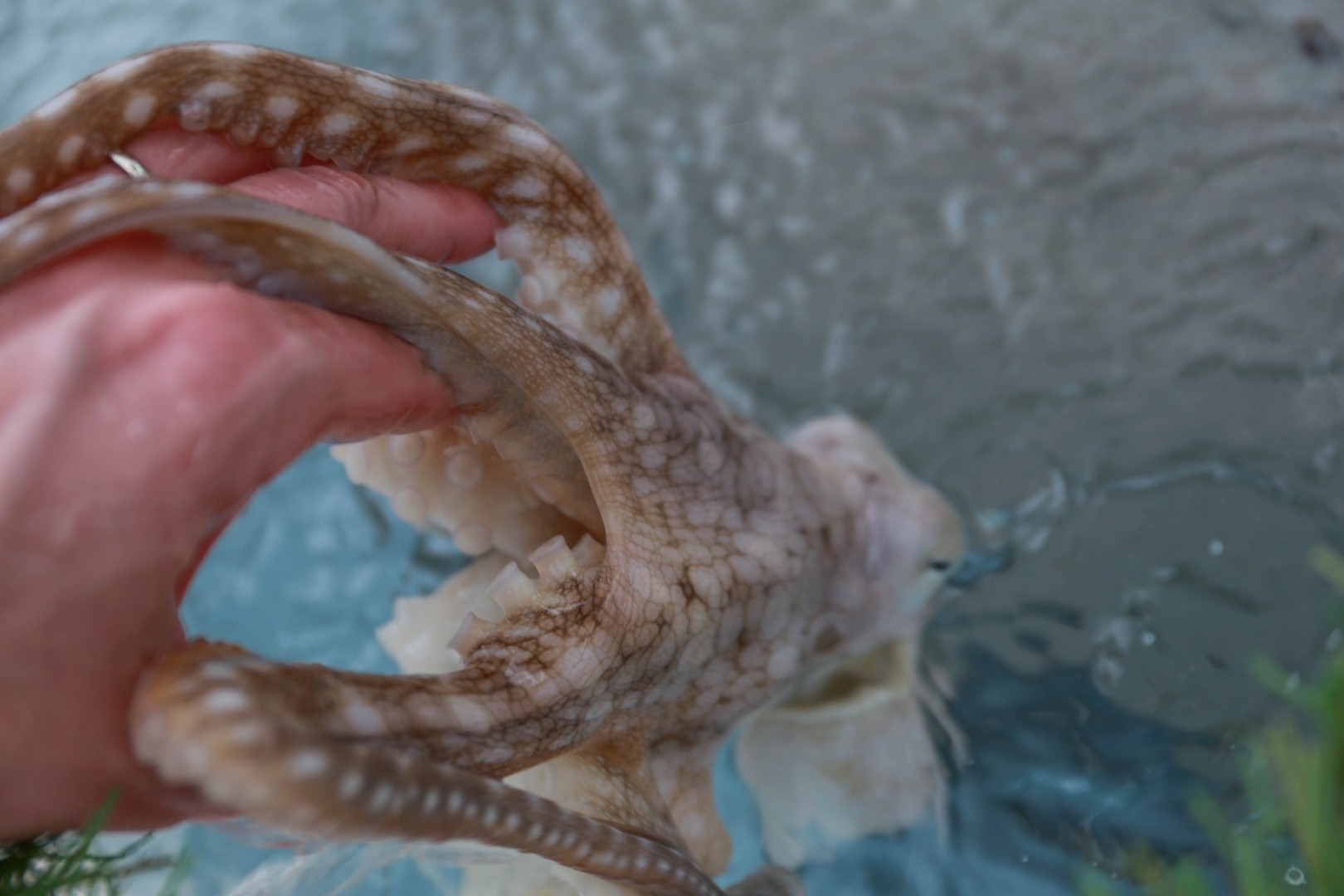
She would also squirt water at you (fortunately, she was pointed away from my camera!)
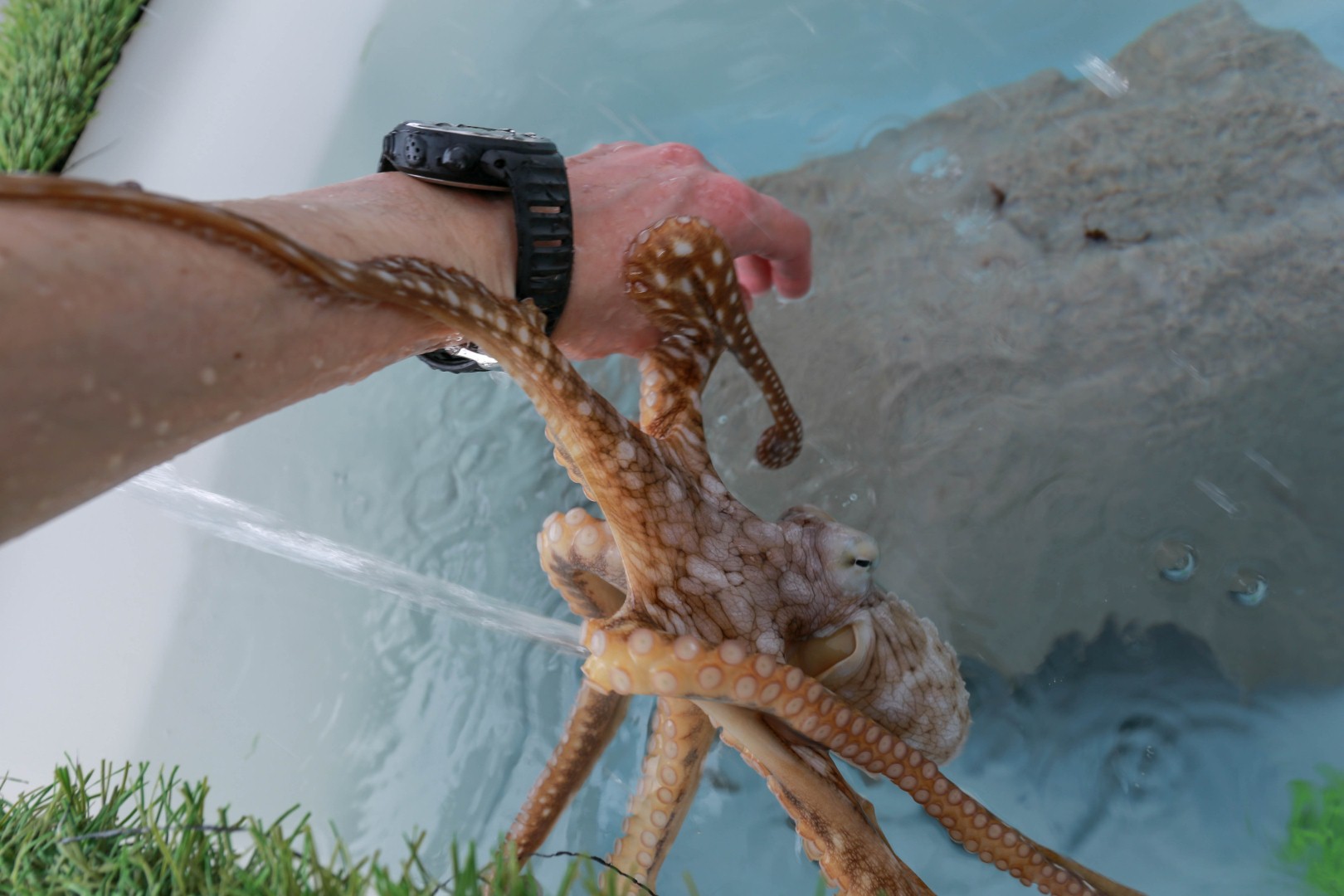
and sometimes, she’d try to use you to climb out of the water (that’s why there’s faux grass around the edge of each tank- the octopuses don’t seem to want to cross it)
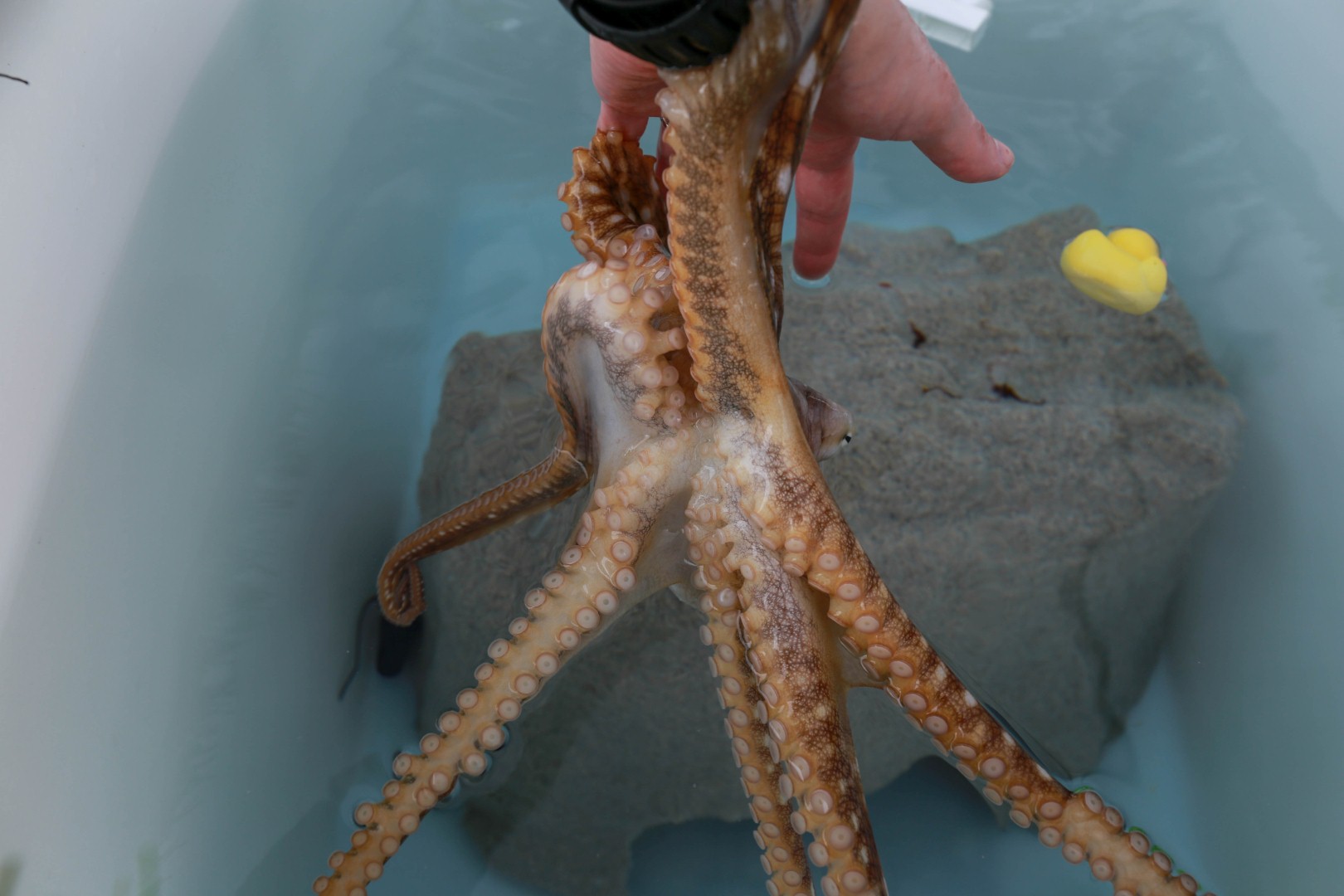
in the middle is the octopus’ beak, which is quite strong- stay away from the bitey end
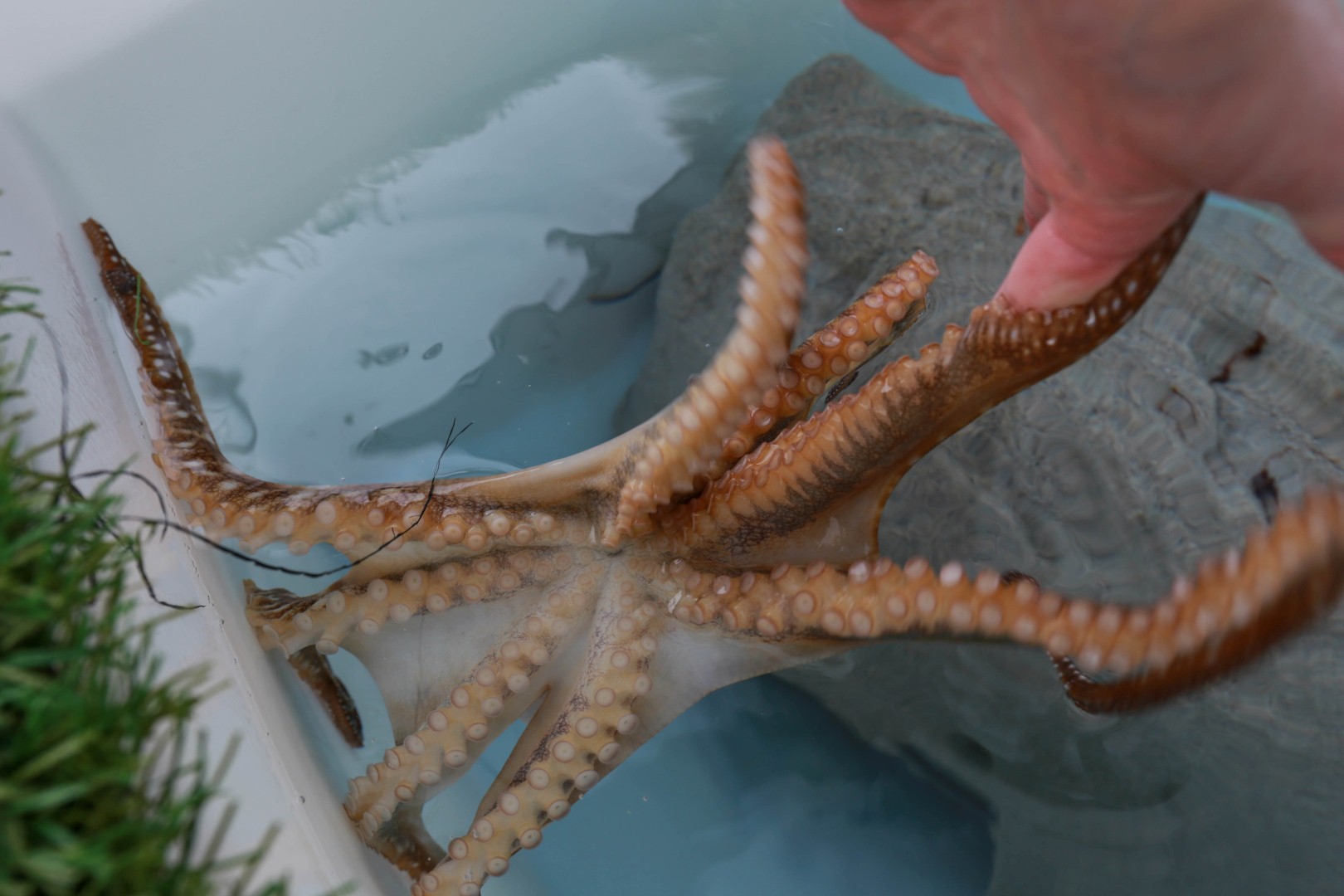
trying to eat a rubber ducky:
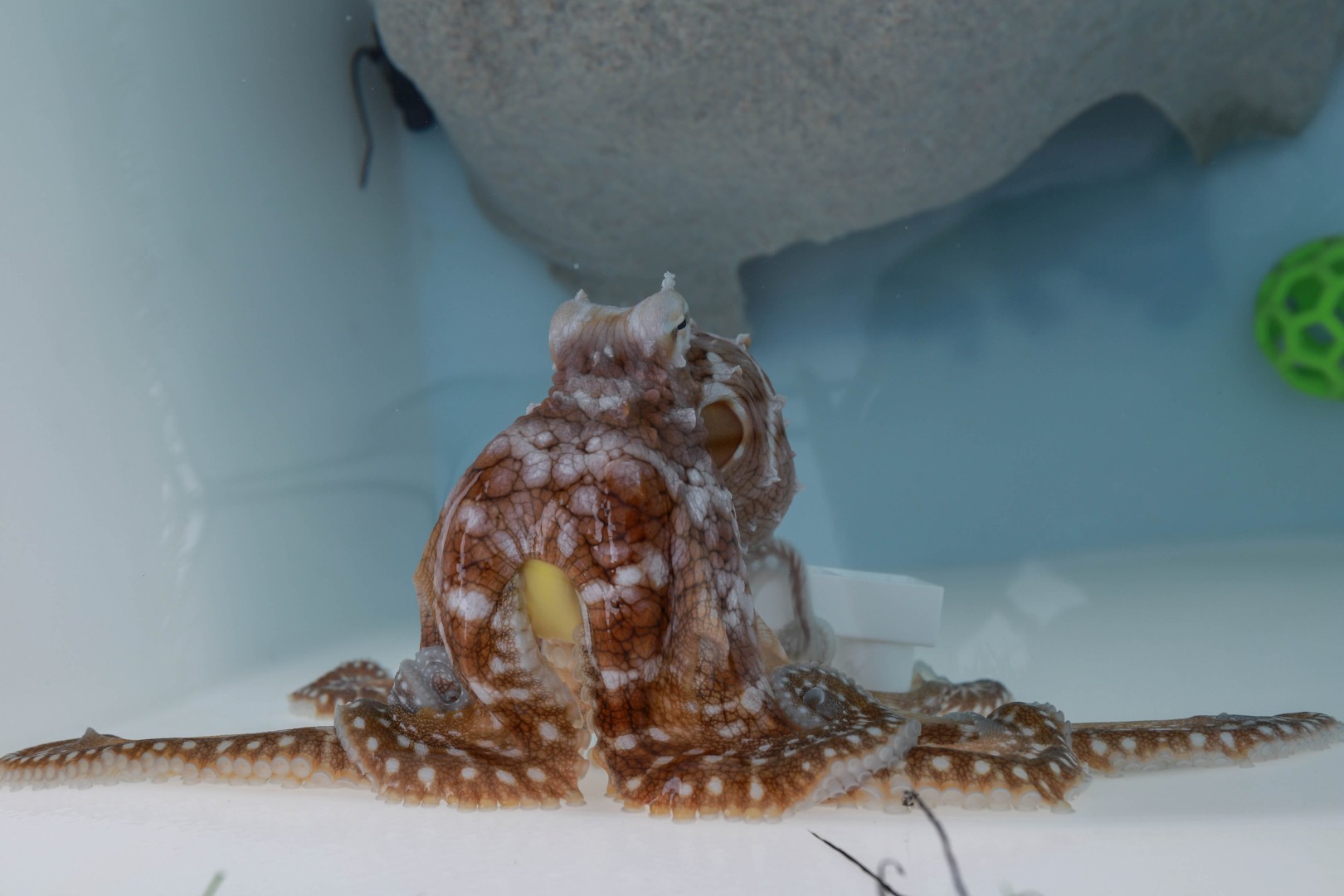
I got to feed this guy a piece of crab:
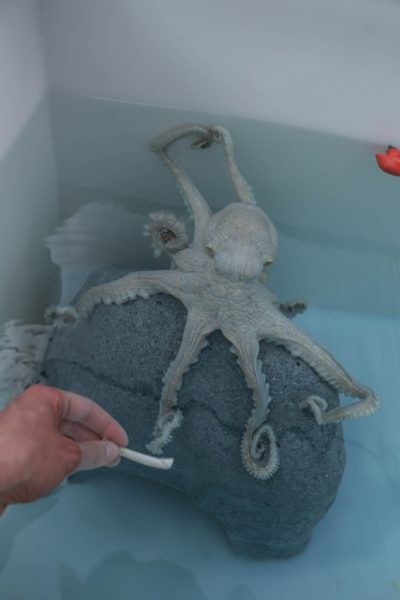
and since my hands smelled like crab, he played around for a while afterwards

It started raining again, so I drove north to the harbor for one final sunset:
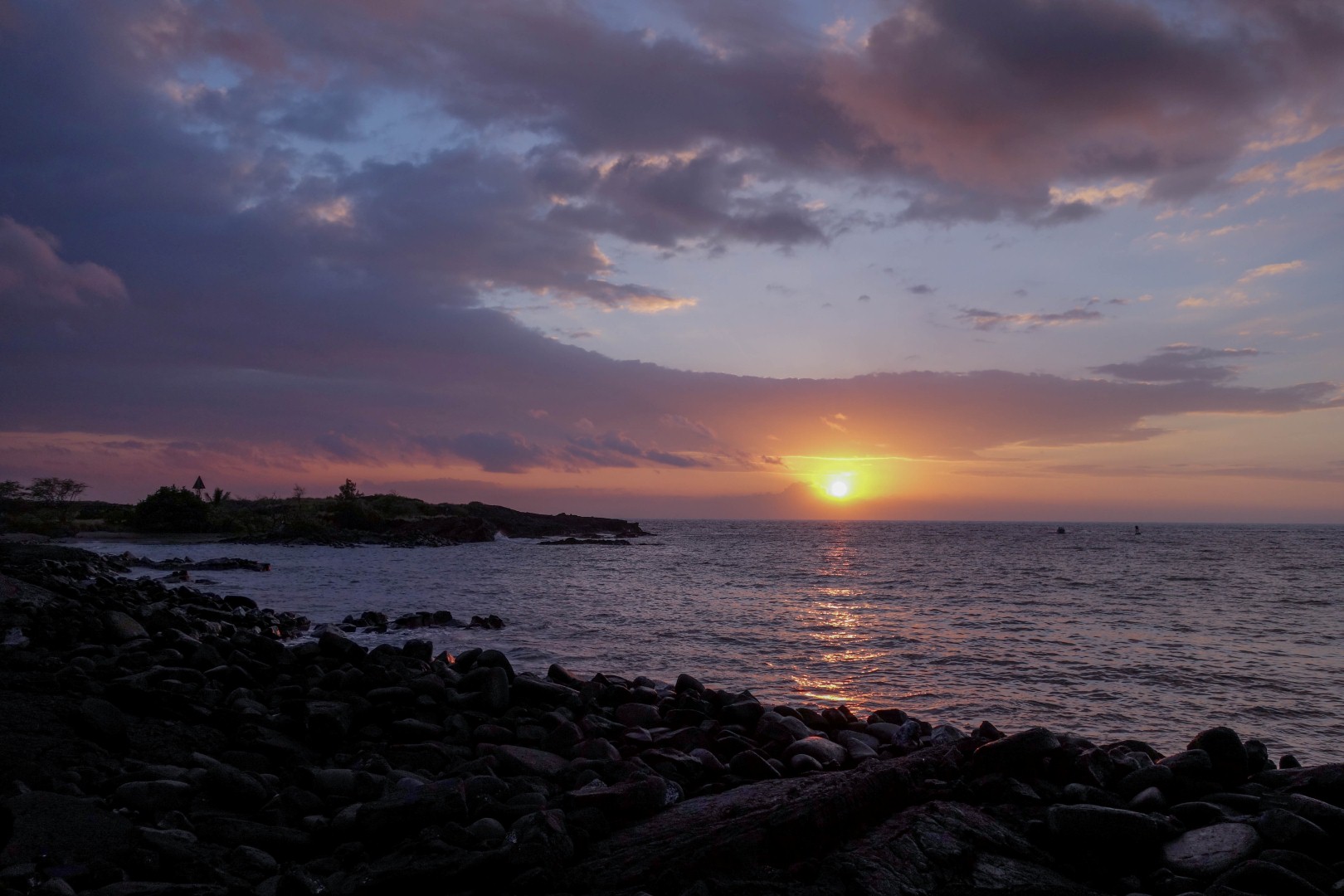
Farewell, Hawai’i!
